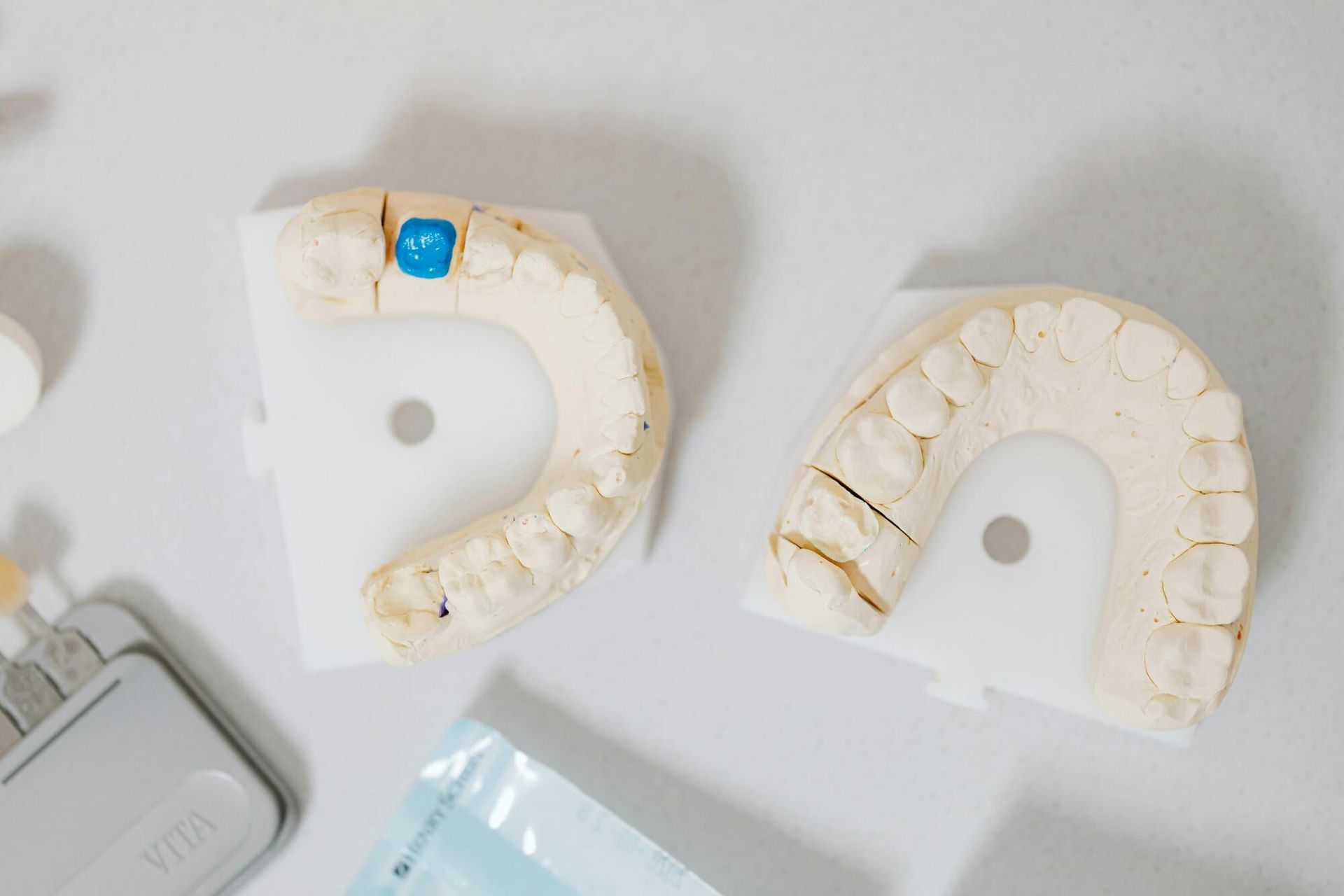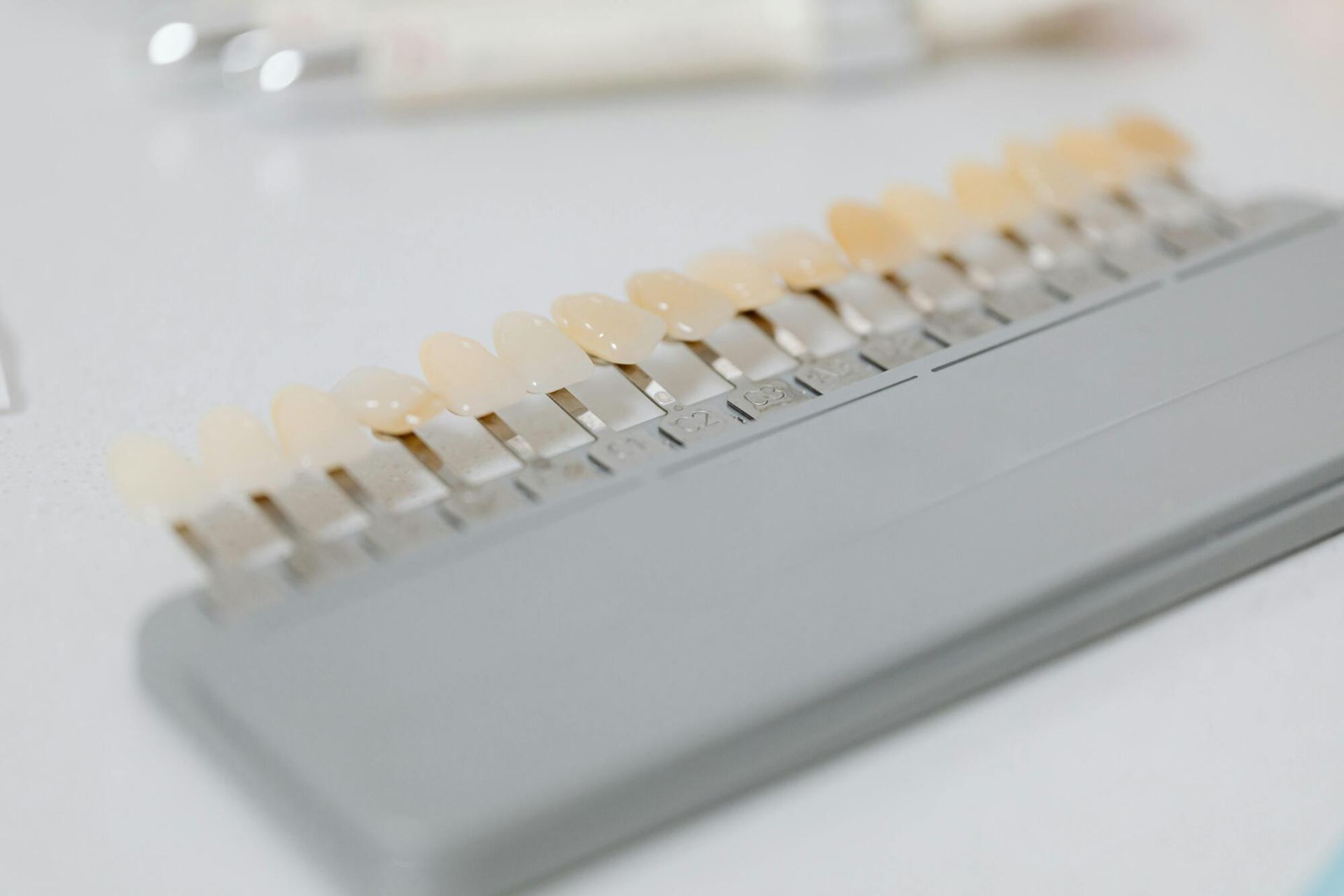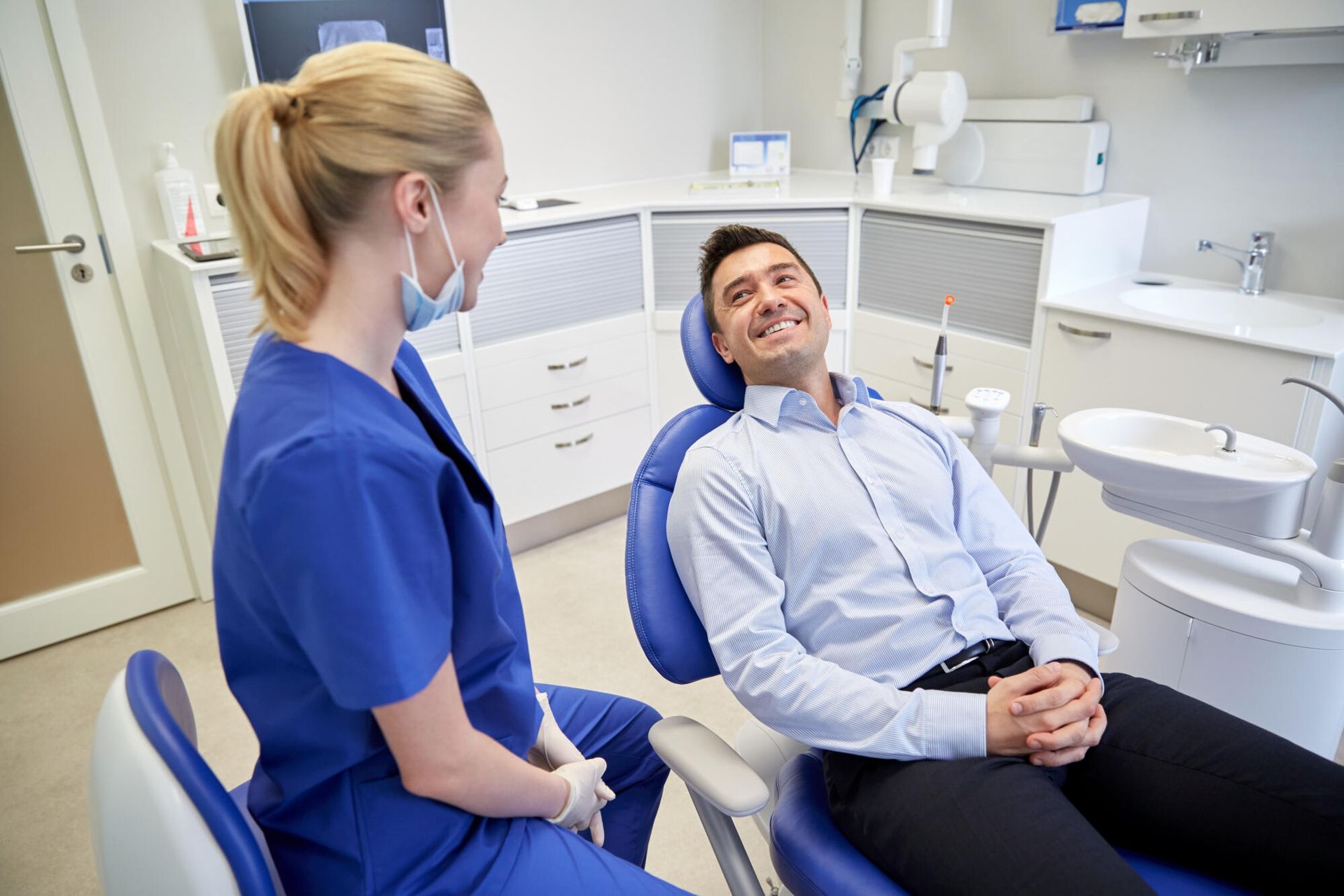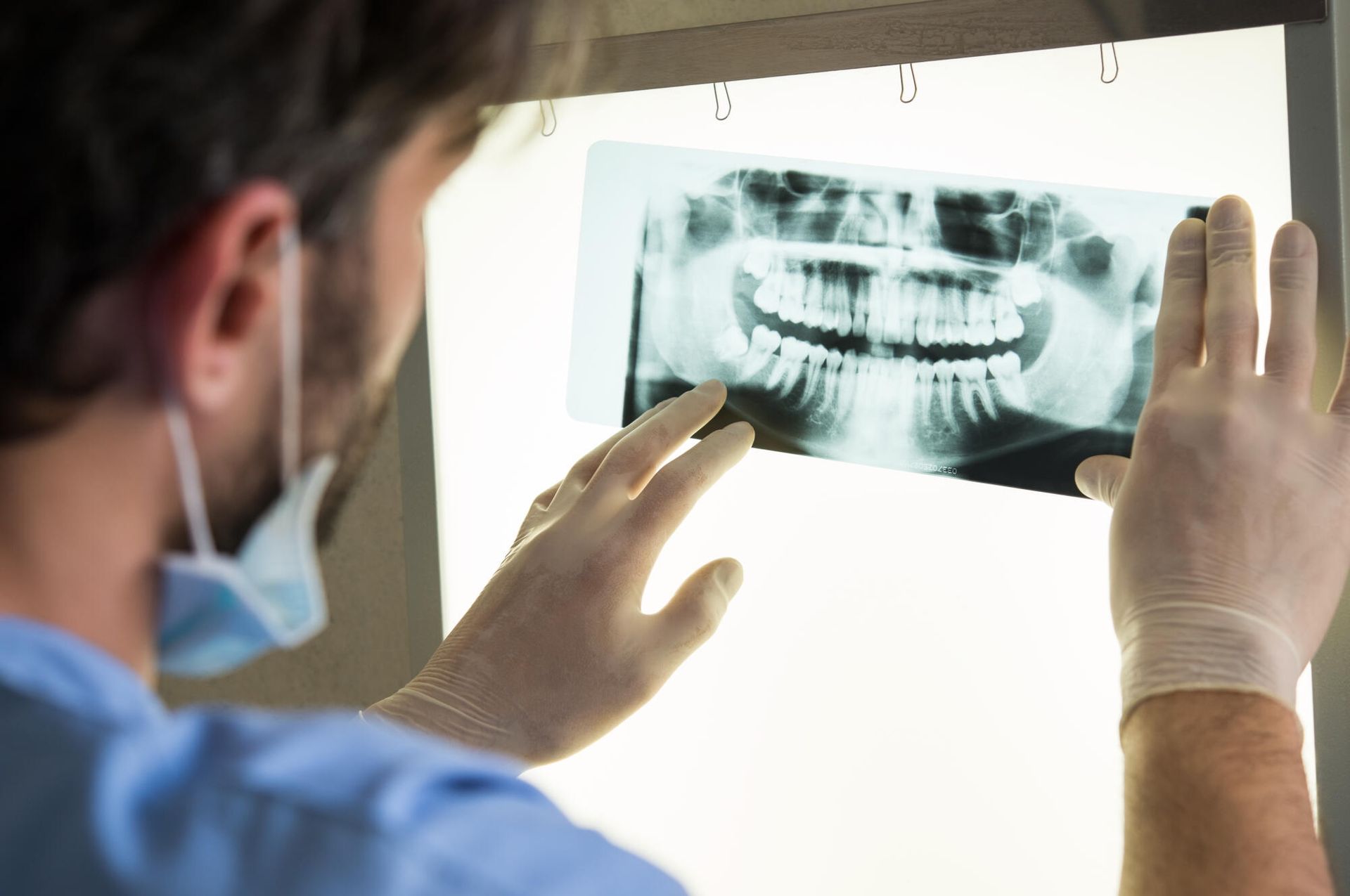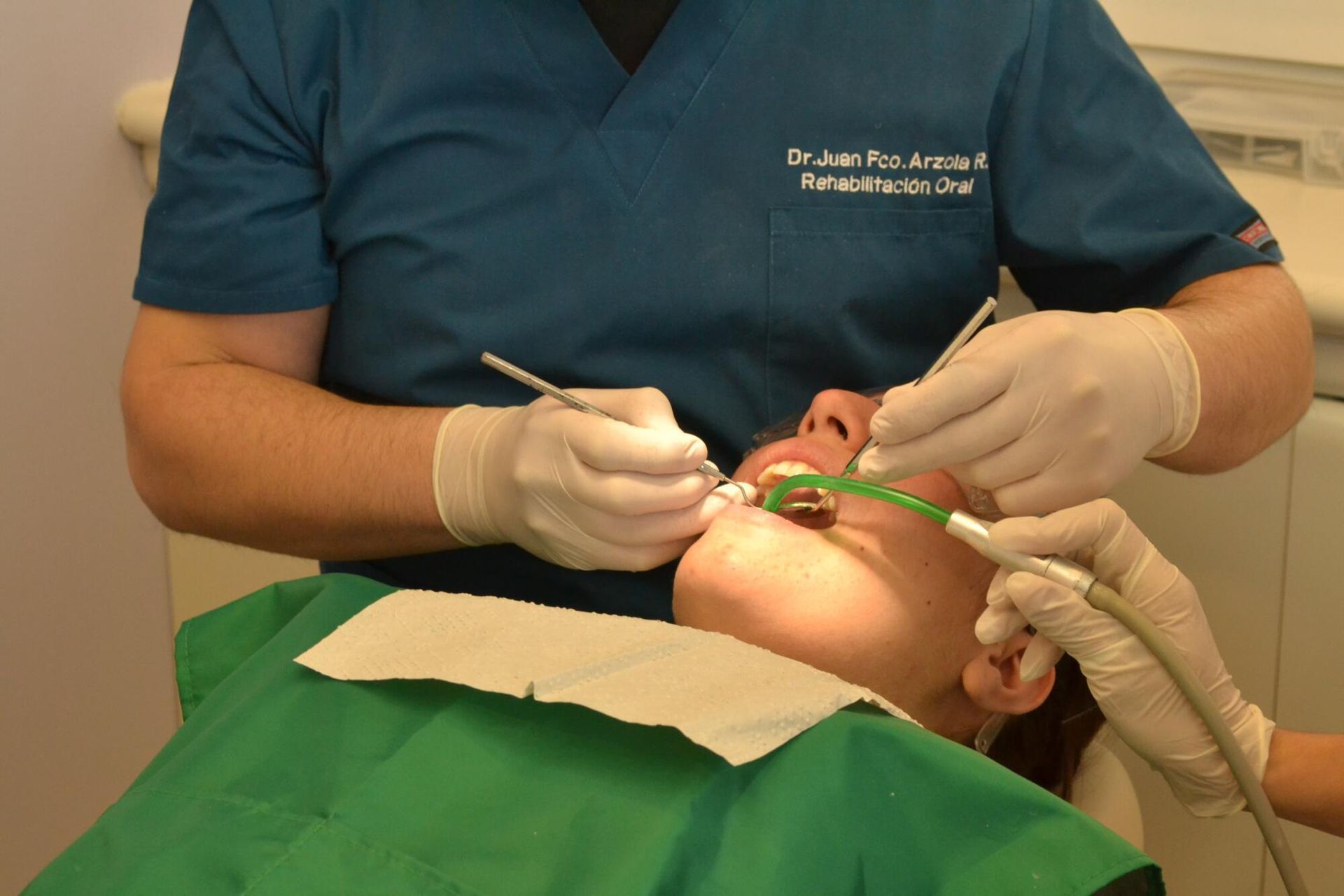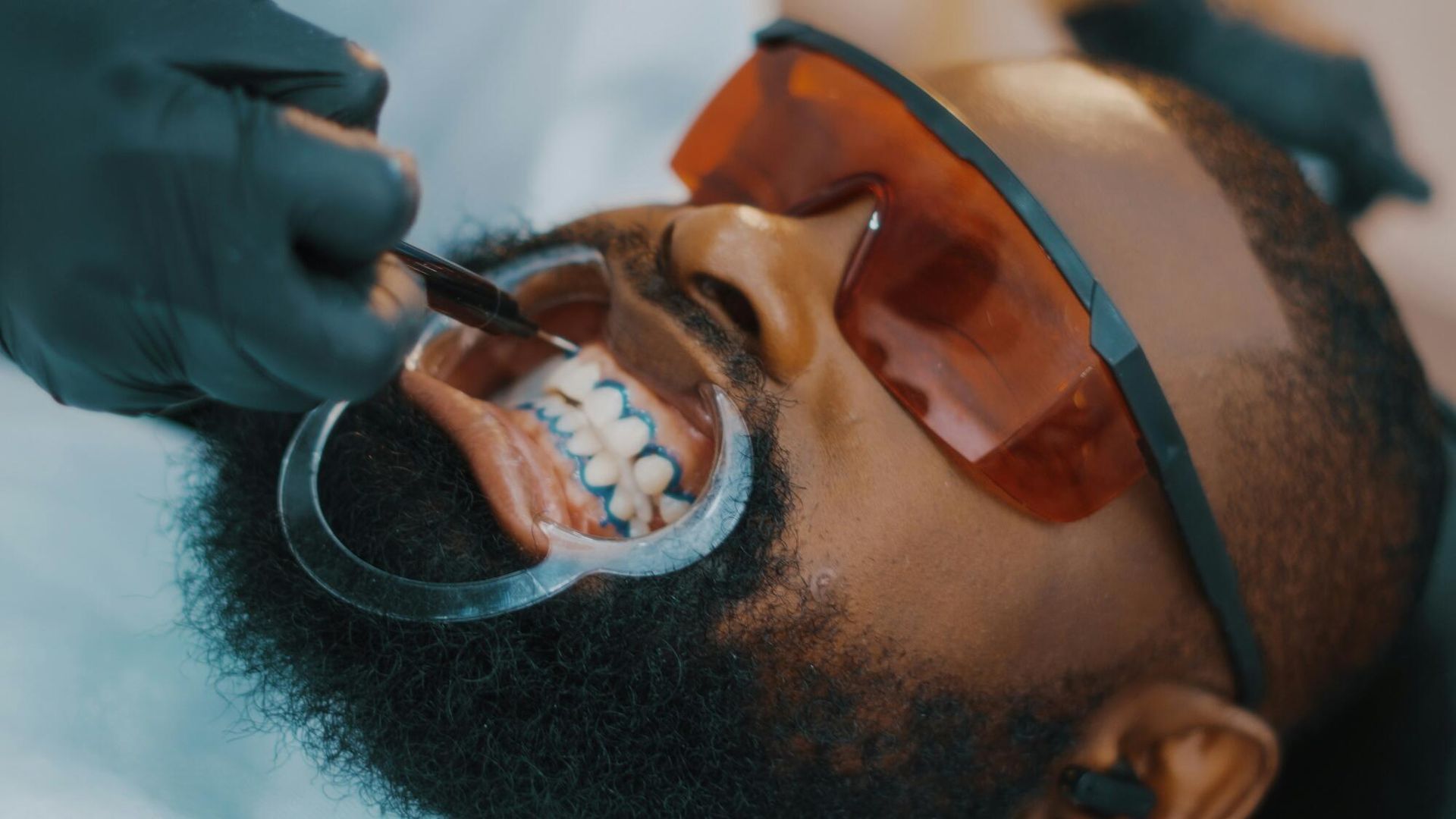How Bone Grafting Impacts Your Dental Health
Over 2.2 million bone graft procedures are performed annually worldwide, and the number of these operative procedures for repairing bony defects is estimated to grow by approximately 13% each year, according to a study published by the U.S. National Institutes of Health. Bone Grafting has become a game-changer for those struggling with weakened jawbones, offering a way to restore strength and support critical dental procedures.
This treatment rebuilds your jaw structure, creating a solid foundation for implants and other dental work. It can dramatically improve your oral health and boost the success rates of complex treatments.
Understanding how bone grafting works will empower you to make smart choices for your smile's future. Read on to explore the benefits and impact of this powerful dental solution.
How Bone Grafting Supports Your Smile's Foundation
Bone grafting strengthens the jawbone where teeth used to be, creating a stable base for dental implants and other treatments. After tooth loss or injury, your jawbone can shrink and weaken, making it hard to place implants securely.
Bone grafting fills in those gaps with new bone material that encourages natural growth. You get a firmer foundation that supports your teeth and keeps your facial structure intact. The process often uses bone from your own body or synthetic materials designed to promote healing.
A stable foundation for implants ensures your mouth can handle advanced treatments with confidence.
Improving Oral Health with Bone Grafting
Healthy bones in your mouth matter more than you might think. Bone grafting benefits your overall oral health by filling in bone loss that can cause teeth to loosen or shift. Missing bone weakens the gums and teeth, leading to more serious problems like gum disease or tooth loss.
Adding bone helps keep teeth anchored firmly and reduces the risk of inflammation. It also improves blood flow in the area, which speeds healing and strengthens the tissues that protect your teeth.
Improving oral health through bone grafting creates a healthier mouth and a better foundation for future dental work.
Bone Grafting Benefits for Dental Treatment Success
Bone grafting plays a vital role in improving the odds of success for dental treatments. When your jawbone lacks density or volume, dental implants may fail or become unstable. Adding bone material ensures implants anchor firmly, increasing the chance your treatment will last for years.
A stronger bone structure supports chewing, speaking, and smiling without worry. Dentists often recommend grafting before implants or complex dental work to build a reliable base.
Bone grafting supports lasting dental work by creatng a secure foundation, thereby safeguarding your investment in dental care and improving outcomes.
Bone Grafting and Recovery: What to Expect
Recovery after bone grafting is usually smooth but requires care. Healing times vary depending on the size and source of the graft. Minor swelling and discomfort can occur during the first few days, but these symptoms fade quickly with proper care. Following your dentist's advice on oral hygiene and diet helps speed healing.
Avoiding hard or chewy foods allows the graft to settle properly. Regular checkups ensure the bone integrates well with your jaw. Recovery is a key step to achieving long-term dental health and supporting future procedures.
Tips to aid recovery:
- Follow the dentist's instructions
- Keep mouth clean
- Eat soft foods
- Attend follow-up visits
Healing is crucial to maximizing the benefits and success of bone grafting treatment.
Bone Grafting Benefits for Dental Procedures Support
Bone grafting provides essential support for many dental procedures. When jawbone loss occurs, implants, bridges, or dentures may lack stability. Grafting rebuilds bone mass, allowing these treatments to fit securely and function well. This support improves comfort while chewing and speaking.
Bone grafting also helps maintain facial shape by preventing bone shrinkage after tooth loss. Many advanced dental treatments rely on a strong jawbone, so grafting creates the foundation needed for success.
Bone grafting enhances treatment support by reinforcing the jaw, resulting in better outcomes and longer-lasting dental work.
Choosing the Right Bone Grafting Material
Different bone grafting materials suit different needs. Autografts utilize your own bone, often harvested from the chin or hip, providing excellent healing potential. Allografts come from donated human bone and are carefully processed for safety. Xenografts use animal bone, typically bovine, to provide structure.
Synthetic options made from minerals also encourage bone growth. Your dentist will recommend the best material based on your health, the area needing grafting, and treatment goals.
The type of grafting material you and your dentist choose affects healing time and the success of future dental procedures, so selecting the right graft is a crucial step in your dental plan.
Bone Grafting Risks and How to Minimize Them
Like any procedure, bone grafting carries some risks. Infection, graft rejection, or swelling can happen, but with proper care, these risks become rare. Following your dentist's instructions helps avoid complications. Keeping the graft site clean and attending follow-up visits ensures the healing process goes smoothly.
Discuss allergies or health conditions with your dentist before treatment to reduce risks. Understanding possible issues lets you take control of your dental health and recovery.
Ways to reduce risks:
- Maintain oral hygiene
- Avoid smoking
- Follow care instructions
- Attend all checkups
- Report unusual symptoms
Minimizing risks improves outcomes and keeps your bone graft on track for success.
Long-Term Benefits of Bone Grafting
Bone grafting provides lasting rewards for your dental health. Rebuilding your jawbone prevents future tooth loss and preserves facial shape. A strong bone foundation supports ongoing dental treatments and keeps your smile healthy.
You'll enjoy better chewing ability and greater confidence in your dental work. These benefits contribute to overall oral health improvement, making bone grafting a smart choice for lasting dental care.
Bone grafting offers a foundation, ensuring lasting oral health that supports your smile for years to come.
Cost Considerations for Bone Grafting
Bone grafting costs vary depending on the type of material used, the complexity of the procedure, and the location. Using your own bone (autograft) can raise expenses due to additional surgery. Synthetic and donor bones often cost less but still provide strong results. Many dental insurance plans cover part of the treatment, especially if it supports implants.
You should have an upfront discussion with your dentist about the costs so you can plan accordingly. Knowing the financial side helps you make informed decisions without surprises.
Understanding cost factors helps you prepare and invest wisely in your dental health.
Who Is a Good Candidate for Bone Grafting?
Bone grafting is suitable for individuals with jawbone loss resulting from tooth extraction, injury, or disease. Candidates need healthy gums and good overall health for the best healing. Smoking or certain medical conditions may affect suitability.
Your dentist evaluates your bone quality and oral health before recommending grafting. Early assessment allows you to receive timely treatment and enjoy better dental outcomes.
Proper candidate selection improves healing and increases the chances of dental treatment success.
Preparing for Your Bone Grafting Procedure
Preparation sets the stage for a smooth bone grafting experience. Your dentist will review your medical history and may order imaging scans to assess bone loss. You might need to adjust medications or avoid certain foods before surgery. Planning transportation home after the procedure is wise, as swelling or discomfort may make driving difficult.
Following pre-surgery instructions closely helps reduce risks and promotes quicker healing. Being well-prepared ensures the graft can integrate properly and supports your dental treatment success.
Careful preparation matters for a successful procedure and faster recovery.
Bone Grafting and Your Confidence
A strong jawbone gives more than function; it boosts confidence. Knowing your implants or dental work have a solid base lets you smile freely and eat comfortably. Bone grafting creates that security so you can enjoy life without worry.
The benefits go beyond health; they affect how you feel. Bone grafts can boost your self-confidence by restoring the strength of your smile and supporting your oral health.
Bone Grafting: A Foundation for Lasting Dental Health
Bone Grafting rebuilds your jawbone to support strong, stable dental work. It improves oral health and increases the success of advanced treatments. Choosing bone grafting means investing in a healthier smile that lasts for years.
At Heather Martinson DDS, we specialize in advanced dental solutions, including bone grafting, to restore your oral health and confidence. With over 25 years of experience, Dr. Martinson and her compassionate team provide personalized care tailored to your needs. Utilizing state-of-the-art technology and a comprehensive approach, we ensure your comfort and the success of your treatment.
Dr. Heather E. Martinson
